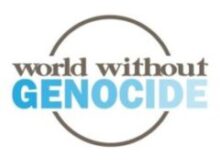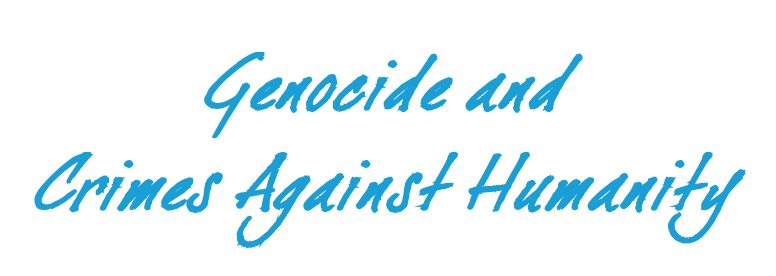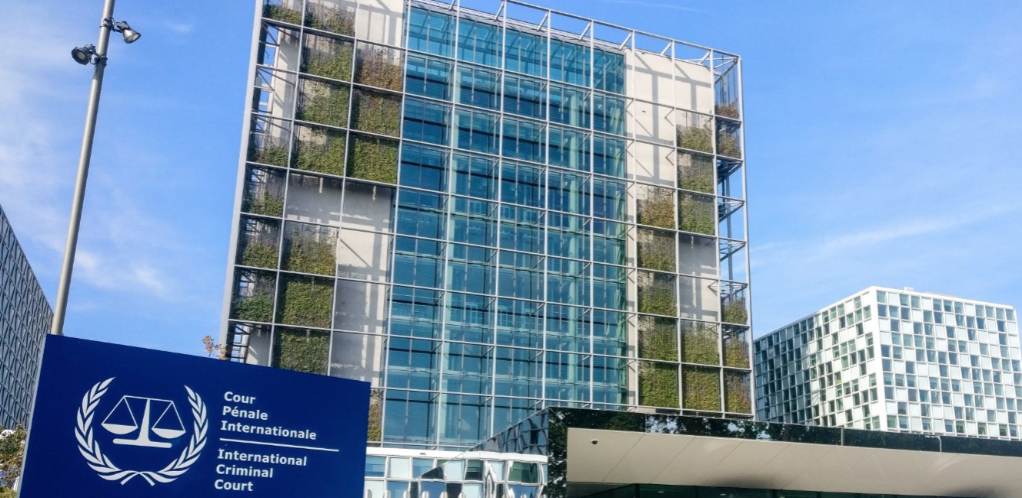Heinous atrocities have happened throughout time. Vulnerable groups have been targeted based on immutable characteristics of their identities – race, religion, ethnicity, national origin, or other statuses – or because of being perceived as ‘in the way’ of those who would usurp and control power.
The horrors of the Holocaust and the atrocities of World War II, with unimaginable devastation wreaked on dozens of countries and millions of innocent people, invoked the phrase ‘never again,’ a promise to prevent future catastrophes of such magnitude.
It was out of the ashes of the war that the United Nations was created, and with it, documents that led a path to peace and justice.
On December 9, 1948, the United Nations ratified the Convention on the Prevention and Punishment of the Crime of Genocide. This crime, defined by Raphael Lemkin as the deliberate intent to exterminate, in whole or in part, a national, ethnic, racial, or religious group, had not been previously described and codified. The Genocide Convention, as it is known, has become a global touchstone for the most horrific acts that people can perpetrate.
For a United Nations treaty, resolution, or convention to become part of the law in the United States, it must be ratified by 67 Yes votes in the U.S. Senate. Although the United Nations ratified the Genocide Convention in 1948, it was not ratified by the Senate until 1988. It happened then only after Sen. William Proxmire of Wisconsin gave 3,211 speeches on the floor of the Senate over a period of 19 years urging ratification, which finally occurred in 1988.
Individuals have been indicted and prosecuted for genocide in the following crises: Rwanda, former Yugoslavia, Darfur, Myanmar, and Cambodia. The goal is to end impunity, provide deterrence, bring some justice to those who suffered, and create irrefutable records and documentation of the atrocities.
Crimes against humanity is a charge akin to genocide in its enumeration of the acts of terror that are carried out. The key difference is that, unlike genocide, a particular group is not targeted based on identity characteristics; rather, widespread, generalized violence is the defining characteristic.
Genocide and crimes against humanity are defined in the Rome Statute, the 1998 treaty that established the International Criminal Court. These definitions have become part of customary international law.
The term crime against humanity was first officially used in condemning the Armenian Genocide and was first adopted in law as a response to the Holocaust. However, crimes against humanity have not yet been codified in an international treaty in the way that genocide and war crimes have been codified. There is now a major effort to codify crimes against humanity through an international convention similar to the Genocide Convention.
©World Without Genocide 2020




